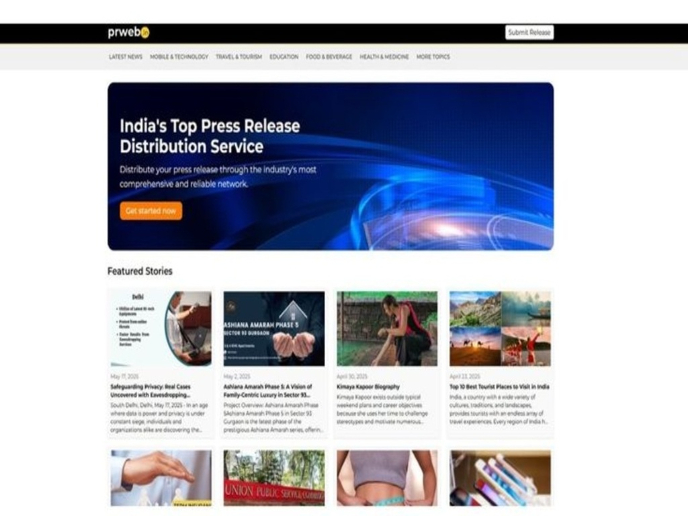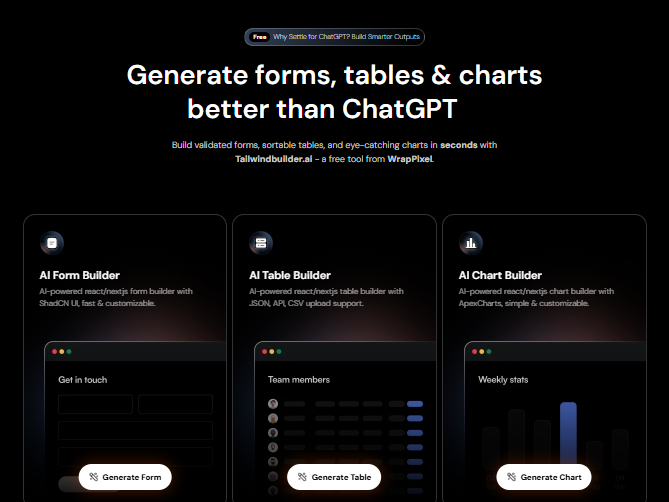Rapid Prototyping
Rapid prototyping quickly turns ideas into testable models, helping teams validate direction and gather early user feedback with less risk.
What is Rapid Prototyping?
Your product development wastes months building the wrong thing because teams commit to solutions before validating them with users, leading to expensive pivots or failed launches when polished products miss the mark on fundamental assumptions about user needs.
Most teams treat prototyping as optional step before "real" development or create prototypes too slowly to enable meaningful iteration, missing the power of rapid prototyping to test many ideas quickly and cheaply before expensive commitments.
Rapid prototyping is the practice of quickly creating rough versions of products or features to test assumptions and gather feedback, enabling fast learning cycles that validate direction before investing in full development.
Teams using rapid prototyping effectively reduce development waste by 70%, find product-market fit 50% faster, and build significantly better products because they test dozens of concepts quickly rather than betting everything on untested assumptions.
Think about how IDEO tests hundreds of rough prototypes before finalizing designs, or how successful startups validate demand with landing pages before writing code, proving that fast, cheap testing beats slow, expensive perfection.
Why Rapid Prototyping Matters for Innovation Success
Your innovation efforts yield disappointing results because teams spend months perfecting solutions to the wrong problems, missing opportunities to learn quickly what actually works through rapid experimentation with rough but testable concepts.
The cost of slow prototyping compounds through every month spent building wrong solutions. You waste development resources, miss market windows, demoralize teams with failed launches, and lose to competitors who iterate faster through rapid testing.
What effective rapid prototyping delivers:
Better product-market fit through fast validation because rapid prototypes test core assumptions quickly rather than building complete products based on guesses.
When teams prototype rapidly, they explore solution space broadly rather than committing prematurely to first ideas without validation.
Reduced development risk and waste through cheap failures that teach valuable lessons rather than expensive products that miss the mark entirely.
Enhanced innovation velocity and creativity because rapid prototyping encourages wild ideas when testing is cheap rather than conservative solutions.
Improved stakeholder alignment through tangible concepts as prototypes communicate ideas better than documents ever could.
Faster time-to-market for winning solutions by identifying what works quickly rather than perfecting wrong approaches slowly.
Advanced Rapid Prototyping Strategies
Once you've mastered basic prototyping, implement sophisticated validation approaches.
Wizard of Oz Prototyping: Simulate automated features with manual backend rather than building technology, testing value before investing in scalability.
Concierge MVP Prototyping: Deliver service manually to small group rather than building scalable product, validating demand through high-touch prototype.
Multi-Variant Prototyping: Test multiple solutions simultaneously rather than sequential testing, accelerating learning through parallel experimentation.
Prototyping for Different Risks: Match prototype type to risk type rather than one approach, using different methods for technical versus market risks.
Step 1: Define What You're Testing (Day 1)
Clarify specific assumptions or questions each prototype will answer rather than building general demos, focusing prototypes on learning rather than impressiveness.
This creates prototyping foundation based on hypothesis testing rather than building mini-products without clear learning objectives.
Step 2: Choose Appropriate Fidelity Level (Day 1-2)
Select simplest prototype type that can test your assumption rather than over-building, using paper sketches for concepts and clickable mockups for flows.
Focus fidelity on what matters for testing rather than polish, remembering that rough prototypes often get better feedback than polished ones.
Step 3: Build Fast and Rough (Day 2-5)
Create prototypes in hours or days not weeks rather than perfecting details, embracing "good enough to test" rather than "good enough to ship."
Balance speed with testability to ensure prototypes answer questions without unnecessary elaboration that slows learning.
Step 4: Test with Real Users Immediately (Day 5-7)
Get prototypes in front of target users quickly rather than internal refinement, seeking honest feedback rather than validation of your brilliance.
Step 5: Iterate or Pivot Based on Learning (Week 2)
Use feedback to rapidly improve or completely change direction rather than defending original concepts, treating prototypes as learning tools not precious creations.
This ensures rapid prototyping drives real learning rather than just creating throwaway demos without impact on direction.
If prototyping doesn't accelerate learning, examine whether you're testing specific hypotheses rather than building generic demonstrations.
The Problem: Prototypes that become too polished, slowing iteration and making teams attached to specific solutions rather than learning.
The Fix: Set strict time limits for prototype creation rather than perfection goals, maintaining rapid pace through constraints.
The Problem: Stakeholders who judge prototypes as finished products, focusing on polish rather than concept validation.
The Fix: Set expectations explicitly about prototype purpose rather than surprising reviewers, using "this is rough but..." framing.
The Problem: Teams that skip prototyping under deadline pressure, ironically slowing development by building wrong things faster.
The Fix: Make prototyping mandatory gate rather than optional step, showing how rapid validation accelerates rather than delays delivery.
Create rapid prototyping approaches that accelerate learning rather than just making quick demos without strategic impact.
Recommended resources
Courses

The Product Development Lifecycle & Methodologies

UX Design Foundations

Design Terminology
Lessons

Ideation with ChatGPT

Product Validation

MVP Design
Exercises
Projects

PRWeb Homepage Redesign Concept






